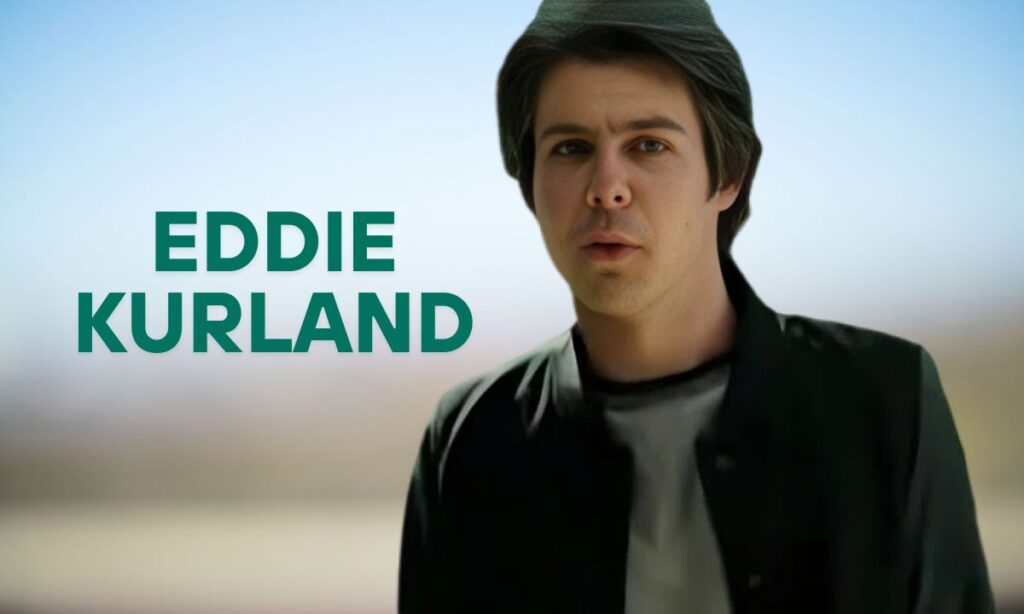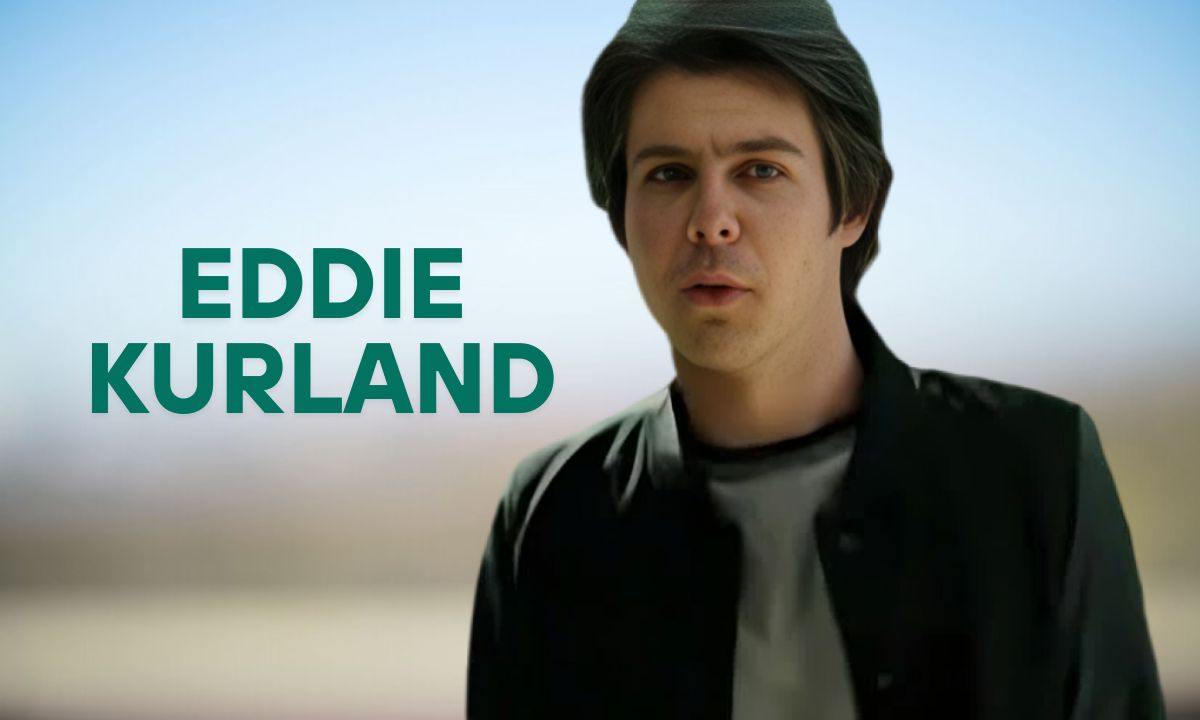Imagine a bustling New York City street in the late 1930s, where a kid named Eddie Kurland first caught the movie bug amid flickering theater lights. Fast forward a few decades, and that same kid—now a Hollywood producer—helps craft The Godfather, a classic movie that still grips American audiences today.
You might not know his name as well as Francis Ford Coppola or Marlon Brando, but Eddie Kurland’s fingerprints are all over this iconic film. So, who is this unsung filmmaker? Let’s dive into the life of Eddie Kurland, the visionary behind The Godfather, and uncover his incredible journey through the film industry.
Quick Profile
Before we get into the juicy details, here’s a quick snapshot of Eddie Kurland. Born in 1938 in New York City, he carved his path from a journalism grad at the University of Miami to a pivotal film executive at Paramount Pictures.
Known as the movie creator who teamed up with Al Ruddy, Eddie’s big break came as the associate producer of The Godfather. Think of him as the glue that held the chaos together—a guy who didn’t chase fame but delivered cinematic gold.
- Born: 1938, New York City
- Education: Journalism degree, University of Miami
- Key Role: Associate Producer, The Godfather
- Partner: Al Ruddy, producer extraordinaire
Who is Eddie Kurland?
So, who exactly is Eddie Kurland? He’s not the guy you’ll see on red carpets or splashed across tabloids. Instead, he’s a Hollywood producer who thrived behind the scenes, shaping films that define the film industry.
Eddie’s claim to fame? Being the visionary behind The Godfather—a mafia film that turned a risky idea into a cultural juggernaut. His story proves you don’t need a spotlight to leave a mark. Curious how a New York City kid became a film maker legend? Let’s rewind to his roots.
Early Life and Background
Picture New York City in 1938—a city buzzing with energy, where young Eddie Kurland grew up surrounded by stories. The Big Apple wasn’t just his birthplace; it was his first classroom.
Movies flickering on screens in Manhattan sparked his love for storytelling. After high school, Eddie headed south to the University of Miami, where he earned a journalism degree. That education sharpened his knack for narratives—a skill he’d later bring to the film industry.
Growing up in NYC, Eddie soaked in a world where cinema was evolving fast. Think post-war classics and gritty crime tales—perfect inspiration for a future director of The Godfather. His early years weren’t glamorous, but they built a foundation of grit and creativity that Hollywood would soon notice.
Personal Details
Beyond the cameras, Eddie Kurland lived a life grounded in family and focus. He married Maria Fernández, a woman who brought stability to his whirlwind career. Together, they raised two kids—Isabella and Sebastian—who sometimes dabbled in the entertainment sector.
Eddie wasn’t the type to flaunt his personal life. Friends described him as a problem-solver with a New York edge—someone who’d rather fix a movie production crisis than pose for photos.
Here’s a fun tidbit: Eddie’s New York City roots gave him a no-nonsense vibe that shone through on set. One crew member once said, “Eddie could talk a dog off a meat wagon—and then get it to fetch a horse head for a scene!”
Professional Journey and Achievements
Eddie Kurland’s career is a masterclass in climbing the film industry ladder. From humble beginnings, he rose to become a respected Hollywood producer, with The Godfather as his shining star. His journey wasn’t a straight shot to the top—it was a winding road through the movie business, filled with lessons and triumphs.
- Key Milestones:
- Started as a publicist at Paramount Pictures.
- Teamed up with Al Ruddy on multiple hits.
- Helped shape The Godfather into a classic film.
Eddie’s achievements ripple through film history. His work didn’t just entertain; it set a benchmark for filmmaking that still inspires today’s cinema producers.
First Steps in Hollywood
Eddie’s Hollywood adventure kicked off at Paramount Pictures, where he landed as a publicist. Fresh from the University of Miami, he dove into the chaos of movie production. It’s here he met Al Ruddy, a fellow publicist with big dreams. Together, they learned the ropes—tight budgets, tighter deadlines, and all the drama of the film industry.
His shift from publicity to production was a game-changer. Eddie didn’t just hype films; he started building them. Those early days at Paramount were like boot camp for a movie creator, prepping him for the epic challenge of The Godfather.
Eddie Kurland and The Godfather
Let’s talk about the big one: The Godfather. In 1972, this Coppola film hit screens, and Eddie Kurland was right in the thick of it. As associate producer, he turned chaos into brilliance. This gangster movie wasn’t a sure bet—studios doubted it, and the mafia loomed large. But Eddie? He saw the vision and made it happen.
For American audiences, The Godfather is more than a movie—it’s a cultural touchstone. Eddie’s role as the visionary behind The Godfather cemented his place in film history, proving he could handle the heat of Hollywood.
Role in the Making of The Godfather
Ever wonder what an associate producer does? For Eddie Kurland, it meant everything from scouting locations to juggling budgets. On The Godfather, he was the guy who got stuff done. Take that infamous horse head scene—Eddie tracked down a real one from a dog food company. Talk about dedication!
Here’s what he tackled:
- Location Scouting: Found the perfect spots to bring 1940s New York to life.
- Budget Wrangling: Kept the cash flowing without breaking the bank.
- Crisis Control: Dealt with studio meddling and real-life mafia threats.
Without Eddie Kurland, The Godfather might’ve been just another flick. His hands-on approach turned it into an iconic film.
Case Study: The Horse Head Scene
- Challenge: Animal rights concerns threatened the scene.
- Solution: Eddie sourced an authentic horse head ethically, ensuring the shock value stayed intact.
- Impact: It became one of cinema’s most unforgettable moments.
Partnership with Al Ruddy
Eddie Kurland and Al Ruddy were like peanut butter and jelly—different but perfect together. Their partnership started at Paramount and hit its stride with The Godfather. Al brought bold ideas; Eddie made them work. “Al dreamed big, and Eddie built the bridge to get there,” a colleague once quipped.
Their teamwork didn’t stop there. They formed Kurland Ruddy Productions, a powerhouse in the movie business, churning out hits like The Longest Yard. This duo’s chemistry was pure Hollywood magic.
Contributions Beyond The Godfather
Eddie Kurland didn’t rest on his laurels after The Godfather. He kept the hits coming, showing off his range as a film executive. Take The Longest Yard (1974)—a Burt Reynolds film that blended sports and comedy. Eddie reunited with Al Ruddy to make it a smash.
Then there’s The First Deadly Sin (1980), starring Frank Sinatra. It proved Eddie could handle drama too. His work shaped the filmmaking world, leaving a legacy beyond one mafia film.
- Notable Films:
- The Longest Yard – A 1974 movie that’s still a fan favorite.
- The First Deadly Sin – A gritty thriller with star power.
- The Godfather Part III – Co-producer on the 1990 sequel.
Career
Eddie’s career spans decades, from Paramount grunt to Hollywood producer royalty. Starting in the late 1960s, he climbed the ranks with a style all his own—less flash, more substance. By 1990, he was co-producing The Godfather Part III, bringing his movie production expertise full circle.
His approach? Focus on the details. Whether it was securing a prison for The Longest Yard or managing Sinatra’s set, Eddie’s mark on film history is quiet but deep.
Career Timeline
| Year | Project | Role |
| 1968 | The Odd Couple | Publicist |
| 1972 | The Godfather | Associate Producer |
| 1974 | The Longest Yard | Producer |
| 1980 | The First Deadly Sin | Producer |
| 1990 | The Godfather Part III | Co-Producer |
Eddie Kurland Net Worth

How much was Eddie Kurland worth? Estimates peg his net worth at around $2 million—not bad for a guy who shunned the spotlight. His wealth came from The Godfather paychecks, smart ventures like Kurland Ruddy Productions, and a knack for picking winners.
Compared to today’s inflated Hollywood fortunes, Eddie’s haul feels modest. But for a New York City kid turned film maker, it’s a classic American success story—proof that hard work in the entertainment sector pays off.
Conclusion
So, there you have it—Eddie Kurland: the visionary behind The Godfather. From New York City streets to Hollywood sets, he turned dreams into reality. His partnership with Al Ruddy, his grit on The Godfather, and his hits like The Longest Yard make him a film industry legend.
Next time you watch The Godfather, notice the details—the locations, the tension, the horse head. That’s Eddie’s work shining through. Want more? Check out The Offer on Paramount+ to see his story unfold.
Here’s a parting thought: “Behind every great film is a guy like Eddie Kurland—making the impossible happen, one scene at a time.”
FAQs about Eddie Kurland
What Are Eddie Kurland’s Biggest Successes in Hollywood?
Eddie Kurland’s biggest successes include his pivotal role as associate producer of The Godfather, a timeless classic movie, plus hits like The Longest Yard (1974) and The First Deadly Sin (1980). His work with Al Ruddy turned risky projects into film industry gold.
What Is Eddie Kurland’s Background?
Born in 1938 in New York City, Eddie Kurland grew up captivated by cinema. He studied journalism at the University of Miami, then kicked off his Hollywood producer career as a publicist at Paramount Pictures, setting the stage for his filmmaking rise.
What Is Eddie Kurland’s Family Life Like?
Eddie married Maria Fernández and raised two kids, Isabella and Sebastian, who occasionally explored the entertainment sector. He kept his personal life low-key, focusing more on solving movie production challenges than sharing family tales.
What Is Eddie Kurland’s Legacy in the Film Industry?
Eddie Kurland’s legacy in the film industry shines through his work on The Godfather and beyond. As a Hollywood producer, his knack for logistics and collaboration with Al Ruddy shaped film history, inspiring modern cinema producers with his unsung brilliance.


